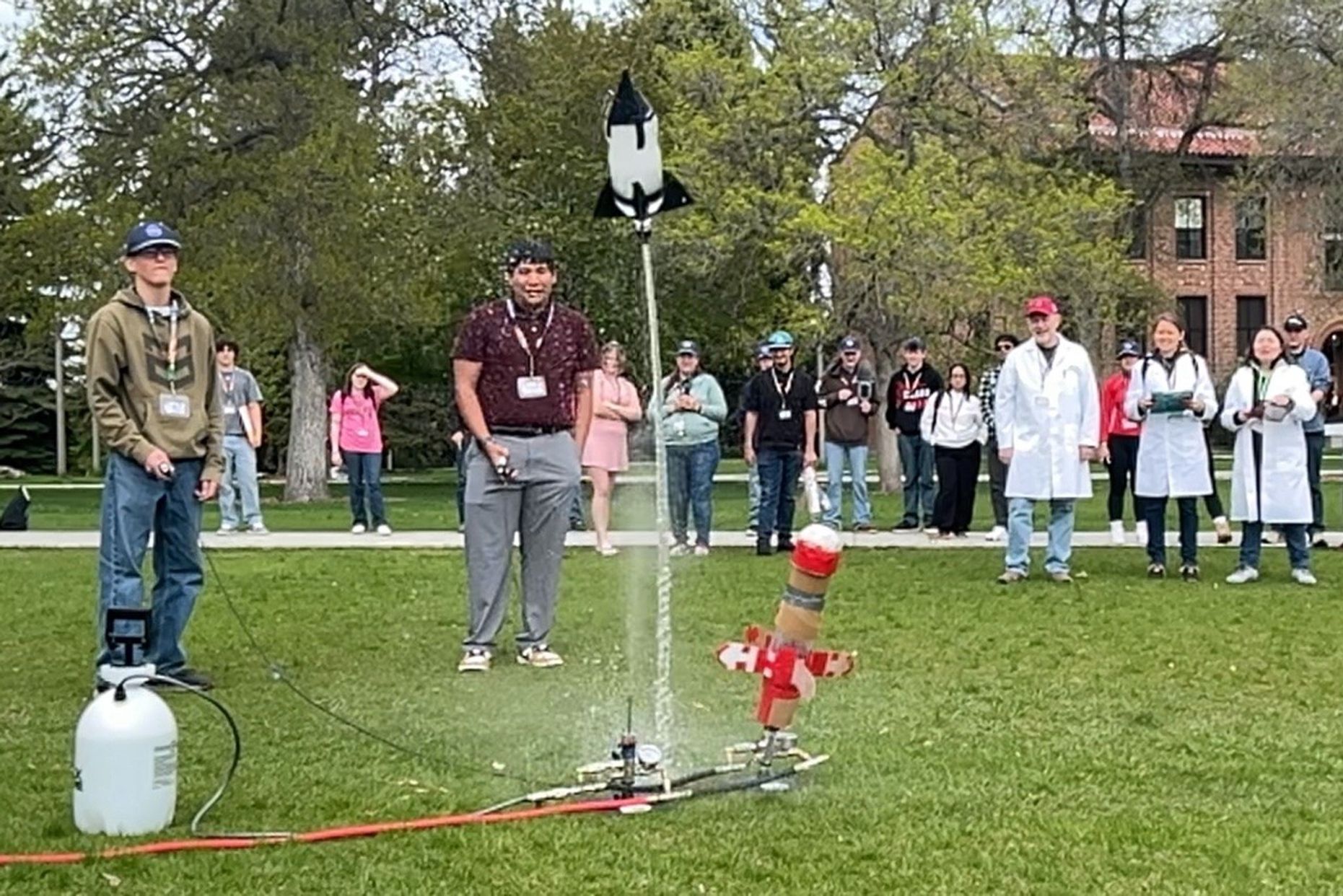Nov. 24, 2013: In 2007, astronomers were amazed when a solar storm hit Comet Encke. NASA STEREO spacecraft watched as a CME (coronal mass ejection) struck the comet head on and ripped off its tail.
A CME strikes Comet Encke in April 2007.
,
The same thing could be in store for Comet ISON--only worse.
On Nov. 28th, Comet ISON will pass through the sun's atmosphere, flying little more than a million kilometers above the sun's surface. It will be ~30 times closer to the sun than Encke was in 2007 and more likely to encounter a ferocious solar storm.
"For one thing," says Angelos Vourlidas of the Naval Research Lab and a participant in NASA's Comet ISON Observing Campaign (CIOC), "the year 2007 was near solar minimum. Solar activity was low. Now, however, we are near the peak of the solar cycle and eruptions are more frequent."
"I would absolutely love to see Comet ISON get hit by a big CME," says Karl Battams, an astronomer at the Naval Research Lab who also works with the CIOC. "It won't hurt the comet, but it would give us a chance to study extreme interactions with the comet's tail."
CMEs are magnetized clouds of plasma hurled into space by the explosions of sunspots. The gas inside a CME is not very dense, so its impact would not shatter a comet's core. The fragile tail is another matter. Comet tails are as gossamer as the CMEs themselves, so the interactions can be intense and unpredictable.
"The CME that ran over Comet Encke back in 2007 was slow, barely creating a pressure pulse by compressing the solar wind ahead of it," notes Vourlidas. "It was this compression which caused the Encke's tail to fly off."
He believes that Comet ISON would experience something more dramatic. "Any CME that hits Comet ISON close to the sun would very likely be faster, driving a shock wave with a much stronger magnetic field. Frankly, we can't predict what would happen."
Comet ISON entered the field of view of STEREO-A's Heliospheric Imager on Nov. 21st. Coincidentally, Comet Encke is there, too. Presently, the two comets are being gently buffeted by solar wind and their tails are wagging back and forth accordingly.
The Heliospheric Imager on NASA's STEREO-A spacecraft is tracking Comet ISON as it plunges toward the sun. In this movie, which spans a two day period from Nov. 20 to Nov. 22, 2013, the sun is off-screen to the right. Coincidentally, Comet Encke is present too.
,
If the sun erupts, both comets could be engulfed by the same CME. This would turn the two comets into solar probes. Like wind socks, they would sample the storm from two widely separated locations, giving researchers a rare 3D view of a CME's inner structure.
Comet ISON will be passing over the sun's equator on Nov. 28th on the same side of the sun where a group of active sunspots was recently clustered. In other words, says Battams, "we're going to be in the 'hot zone' for CMEs."
NASA's entire fleet of solar observatories will be watching when ISON takes the plunge. This includes STEREO-A and STEREO-B, the Solar Dynamics Observatory, and the Solar and Heliophysics Observatory (SOHO), which NASA operates along with the European Space Agency. If a CME strikes the comet, all of the spacecraft are likely to see what happens.
"It would be pretty new territory for us," says Battams.
"...and a nice preview of what NASA's Solar Probe+ spacecraft might experience when it plunges into the sun in the 2020s," adds Vourlidas.
Stay tuned!
Credits:
Author: Dr. Tony Phillips | Production editor: Dr. Tony Phillips | Credit: Science@NASA
More information:
Comet ISON: What's Next? -- Science@NASA
The Sun Rips off a Comet's Tail -- Science@NASA


































